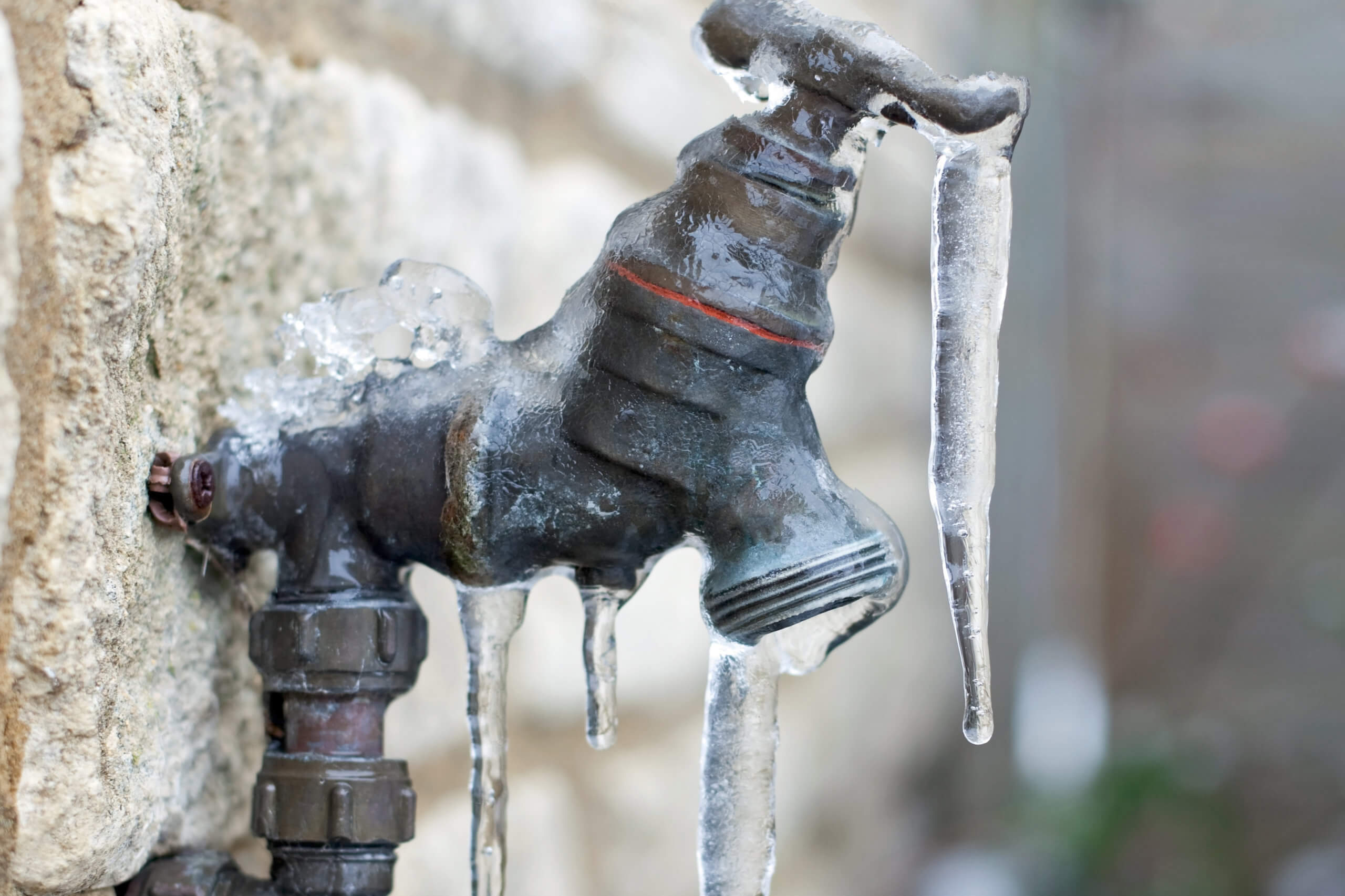Preventing Frozen Pipes in Cold Weather: Professional Advice
Preventing Frozen Pipes in Cold Weather: Professional Advice
Blog Article
The author is making a few good points about 6 Ways to Prevent Frozen Pipes as a whole in this great article beneath.

Cold weather can ruin your plumbing, especially by freezing pipes. Below's just how to avoid it from happening and what to do if it does.
Intro
As temperatures decline, the danger of icy pipelines increases, possibly causing costly repair services and water damage. Recognizing how to stop icy pipelines is vital for homeowners in chilly environments.
Prevention Tips
Protecting vulnerable pipes
Cover pipelines in insulation sleeves or use heat tape to protect them from freezing temperatures. Focus on pipelines in unheated or external locations of the home.
Heating techniques
Keep interior areas appropriately heated, particularly locations with pipes. Open up closet doors to permit cozy air to flow around pipelines under sinks.
Exactly how to determine icy pipelines
Seek lowered water circulation from taps, unusual odors or sounds from pipelines, and noticeable frost on subjected pipes.
Long-Term Solutions
Structural changes
Consider rerouting pipelines far from exterior wall surfaces or unheated locations. Add extra insulation to attic rooms, basements, and crawl spaces.
Updating insulation
Purchase top notch insulation for pipelines, attic rooms, and wall surfaces. Appropriate insulation aids maintain consistent temperature levels and reduces the risk of icy pipelines.
Safeguarding Outdoor Plumbing
Yard hose pipes and exterior faucets
Separate and drain yard hoses before winter season. Mount frost-proof spigots or cover outside taps with shielded caps.
Understanding Frozen Pipelines
What creates pipes to freeze?
Pipes ice up when exposed to temperatures listed below 32 ° F (0 ° C) for expanded durations. As water inside the pipelines freezes, it expands, putting pressure on the pipe walls and potentially triggering them to rupture.
Threats and problems
Icy pipelines can bring about water supply disruptions, residential property damages, and costly repair work. Burst pipelines can flooding homes and create considerable architectural damage.
Signs of Frozen Pipes
Recognizing icy pipes early can stop them from rupturing.
What to Do If Your Pipes Freeze
Immediate actions to take
If you believe frozen pipes, maintain faucets open to soothe stress as the ice melts. Make use of a hairdryer or towels soaked in warm water to thaw pipes gradually.
Final thought
Preventing icy pipelines needs aggressive steps and fast reactions. By recognizing the causes, indicators, and preventive measures, house owners can protect their plumbing during winter.
5 Ways to Prevent Frozen Pipes
Drain Outdoor Faucets and Disconnect Hoses
First, close the shut-off valve that controls the flow of water in the pipe to your outdoor faucet. Then, head outside to disconnect and drain your hose and open the outdoor faucet to allow the water to completely drain out of the line. Turn off the faucet when done. Finally, head back to the shut-off valve and drain the remaining water inside the pipe into a bucket or container. Additionally, if you have a home irrigation system, you should consider hiring an expert to clear the system of water each year.
Insulate Pipes
One of the best and most cost-effective methods for preventing frozen water pipes is to wrap your pipes with insulation. This is especially important for areas in your home that aren’t exposed to heat, such as an attic. We suggest using foam sleeves, which can typically be found at your local hardware store.
Keep Heat Running at 65
Your pipes are located inside your walls, and the temperature there is much colder than the rest of the house. To prevent your pipes from freezing, The Insurance Information Institute suggests that you keep your home heated to at least 65 degrees, even when traveling. You may want to invest in smart devices that can keep an eye on the temperature in your home while you’re away.
Leave Water Dripping
Moving water — even a small trickle — can prevent ice from forming inside your pipes. When freezing temps are imminent, start a drip of water from all faucets that serve exposed pipes. Leaving a few faucets running will also help relieve pressure inside the pipes and help prevent a rupture if the water inside freezes.
Open Cupboard Doors
Warm your kitchen and bathroom pipes by opening cupboards and vanities. You should also leave your interior doors ajar to help warm air circulate evenly throughout your home.
:strip_icc()/snow-outdoor-faucet-pipes-4af65d1e5e904fb1aa7bf74071fe5d89.jpg)
Do you enjoy more info about Preventing and dealing with frozen pipes? Make a comment further down. We'd be glad to listen to your feelings about this write-up. In hopes to see you back again later on. Sharing is good. Helping others is fun. I love reading our article about Preventing and dealing with frozen pipes.
Here Report this page